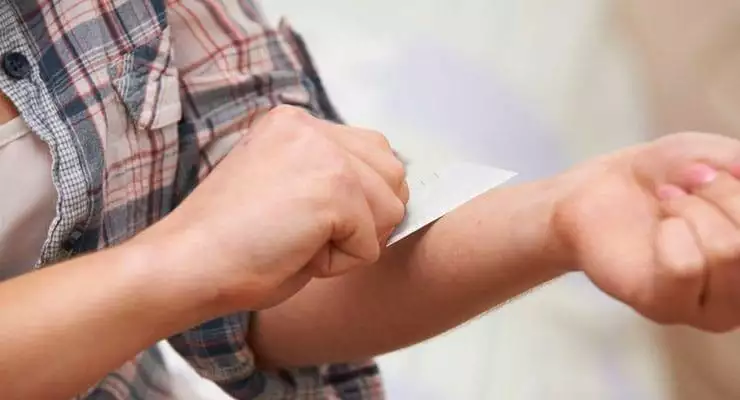Today’s topic has been weighing heavy on my mind recently. In the last 2 weeks, I have seen 6 patients who are “cutting.” It’s like our own little community epidemic. I always assume that for every kid who visits my office with a problem, there are dozens more who aren’t being seen. All the kids I’ve seen these last couple of weeks go to different schools and range in age from 11-15 years-old. So what is happening?
What is cutting?
If you’re not familiar with it, “cutting” is exactly what it sounds like. It is a form of self-harm (SH) or self-injury (SI). It is the act of actually cutting the skin with some object (usually razor blades, knives, pins). It is most commonly done on the arms or thighs, but can be other places, like the belly. The cuts are usually very linear, small, and superficial (deep enough to bleed, but rarely needing sutures). To be clear, it is not a suicide attempt. Kids who cut are not trying to kill themselves.
Why do they do it?
This is the million dollar question. Generally, psychiatrists teach that cutting is done to blunt emotional pain. It can also be highly addictive, as the act of cutting can release endorphins to create a feel-good feeling. People who cut often have other underlying psychiatric disorders (e.g. depression, bipolar, anxiety, eating disorders). However, I think (now this is my opinion only), it’s a bit more complex. Five of the six kids I saw, when asked, “Why do you do it?” used the phrase, “So I can feel something.” That phrase tells me that there is more involved than just blunting emotional pain. There seems to be a component of control playing into the pain (both when and how).
Everyone’s doing it?
Ask any teen or preteen if they know someone who cuts and the answer seems to be, “yes.” In my patients, 100% of the kids who cut have friends who cut. One of my patients claims he only started doing it because his friends did. Is that a peer pressure thing or a curiosity thing? While social dynamics are involved, most kids cut when they are by themselves.
How did I not know?
All of my patient’s parents were horrified when they found out that their kids cut. Most kids had been doing it for months before parents found out. Kids lie about it, and hide it. “The cat scratched me,” is a common, believable excuse. It’s easy to wear long sleeves and pants to cover it up. Pay attention if your kid is wearing long sleeves in 100 degree weather. And here’s yet another reason to keep an eye on your kid’s media: 3 of my 6 parents discovered kids’ actions via media means (e.g., Facebook postings, texts).
What do I do?
Your kid needs help, long-term help. Involve your doctor. Are there underlying psychiatric issues or bigger problems that need to be addressed? I had one patient who was brought in for cutting that I discovered was being sexually abused. That case required I call DCFS (the Department of Child and Family Services) and law enforcement. Your child may need psychotherapy. Goals of therapy include improving self-esteem, gaining self-respect, and learning healthy coping mechanisms. Your child will definitely need lots of support and love. Don’t think that cutting is just a phase. Kids that cut (who have underlying issues) and don’t get help, turn into adults who have issues. With some help, intervention, and love, kids can gain the tools they need to overcome this, and future problems thrown their way.





